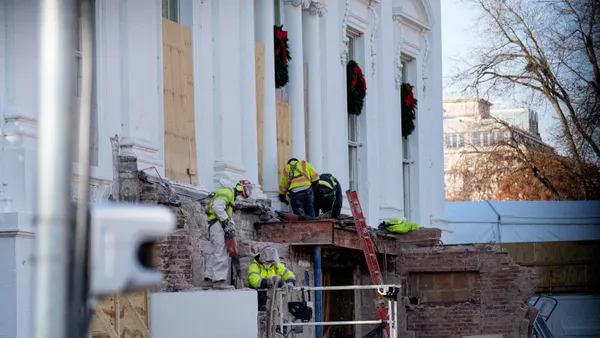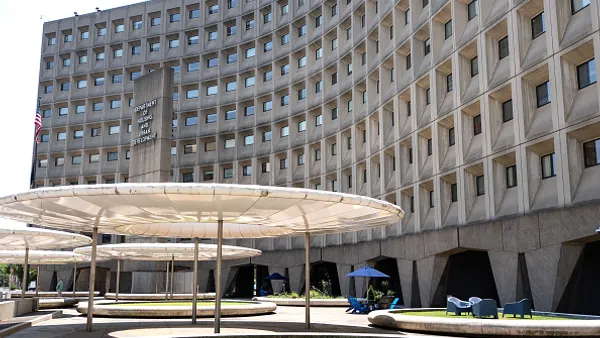Dive Brief:
- According to Kriston Capps of The Atlantic’s CityLab, the San Francisco-area housing crisis, and to a lesser degree the state’s, is not the product of highly paid tech workers displacing their poorer counterparts but instead a result of a deliberate attempt by the city’s wealthiest residents to prevent new housing from being built in their neighborhoods.
- Capps said that even though the demand for housing in the Bay Area is second to none in the nation, between 2005 and 2015, San Francisco city/county built 26,770 new units, which represents only 17% of the units built in the entire Bay Area.
- When developers cannot build in wealthier neighborhoods, they "spill over" into poorer areas of the city and build high-priced residences there, which result in additional development and higher rents the original residents can no longer afford, according to Capps.
Dive Insight:
Because the wealthiest residents of San Francisco have the money and influence to prevent necessary development in their neighborhoods, it's necessary for the city to take land-use decision-making out of their hands and into the city’s in order to make way for an adequate amount of both market-rate and affordable units, according to Capps.
He added that there is a healthy dose of NIMBYism at play and that many residents of historic neighborhoods are pandering to the fear of some who believe that development means the destruction of historic homes and neighborhoods.
"Solving this housing crisis," Capps wrote, "means breaking up the cartelized wealthy districts that are able to decide that new housing is everybody else's problem."
A recent report by Beacon Economics found that the housing crisis in California is so critical that the state, between 2007 and 2014, lost a net 625,000 residents. Another report by Curbed found that new home construction in the San Francisco area in particular has lagged behind job growth so much that in 2015, even though the Bay Area added 64,000 new jobs, housing only increased by 5,000 units. Add rising home prices and stagnant wages for most workers, and experts warn that the area is ripe for a ready-to-pop housing bubble.













